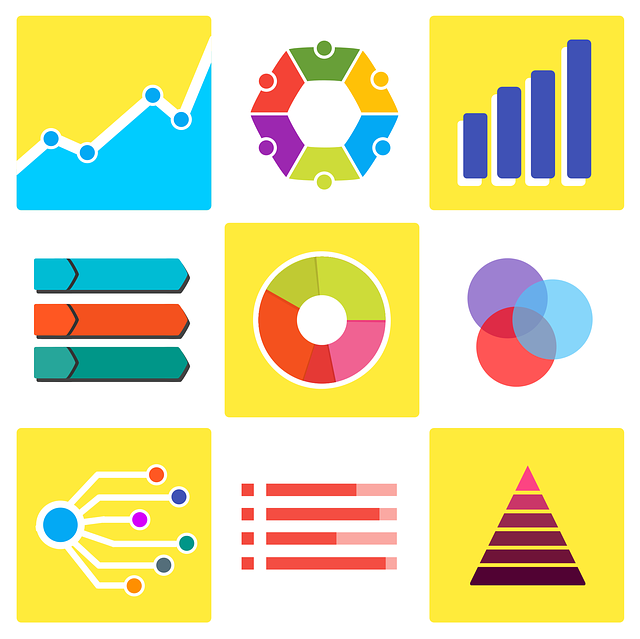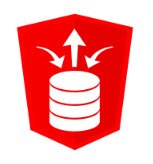 I’ve written recently about doing OBIEE, ODI and OBIA installations here. A couple of days ago I tweeted about doing some more in a semi-silent manner, which saved loads of time. It took 1 day for the semi-silent approach compared to 3 days doing it the GUI way. I can’t talk about the process in detail, as I explained here, but I thought I would post an overview of the steps for those whose curiosity was peaked by my tweet.
I’ve written recently about doing OBIEE, ODI and OBIA installations here. A couple of days ago I tweeted about doing some more in a semi-silent manner, which saved loads of time. It took 1 day for the semi-silent approach compared to 3 days doing it the GUI way. I can’t talk about the process in detail, as I explained here, but I thought I would post an overview of the steps for those whose curiosity was peaked by my tweet.
- DB Installation : Silent software-only installation of 12.1.0.2, as described here.
- Database Creation : DBCA in silent mode to create a non-CDB instance, as described here.
- WebLogic Installation : Silent installation of WebLogic 11g (10.3.6), including Java 7, as described here.
- RCU : The first of two RCU install and runs. This one is similar to the silent install and run described in the OBIEE silent installation here.
- OBIEE Installation : Silent installation of OBIEE 11g, as described here, but without the configuration stage, which is done later by OBIA.
- ODI Installation : Silent installation of ODI 11g, as described here, but without the configuration stage, which is done later by OBIA.
- OBIA RCU : We did this using the GUI because I’ve not had time to figure out the parameters to do it silently. It’s probably quite simple.
- OBIA Installation : Silent installation of OBIA 11g using a response file we saved from the previous GUI installation.
- OBIA Tech Patch : The command line instructions are with the patch, so we scripted it.
- Patch Set Assistant : Three separate runs of this. We did it in GUI mode.
- OBIA Configuration : Silent configuration of OBIA using a response file saved from a previous configuration.
- BI Application Configuration : Silent configuration of OBIA using a response file saved from a previous configuration.
- ODI Studio Configuration : We did this using the GUI.
- Bundle Patch plus Extra Patches : On our version “opatch napply” wouldn’t work because of some version issues and conflicts, but we were able to apply the 8 patches in the bundle, plus an extra 3-4 patches. This was all scripted.
- Additional Config : There were a bunch of manual fixes to files and admin console config, related known bugs.
- That’s the end of the infrastructure part of the installation. At this point we handed it over to the functional folks to do their bit, which I know nothing about. 🙂
As you can see, we used a mix of scripted and manual steps. We are only doing 4 of these installations, so that approach seemed a reasonable compromise, rather than spending hours making it 100% silent. It’s a return on investment thing. 🙂
I’ve linked to examples on my website for the database, OBIEE and ODI stuff. I can’t say too much about the OBIA stuff, as I explained here, but most of that stuff is pretty straight forward if you use response files.
This stuff is all to support the link between Oracle Cloud Apps and our internal data warehouse. I’ll also be doing some OBIEE 12c and ODI 12c silent installations for our internal development, but these are simple and they are already on the website. 🙂
Cheers
Tim…
PS. Don’t ask me for help with this stuff. I’m a noob and I just know enough to get my bit done. If what I’ve put on my website helps that’s great. If not, ask someone who knows more about this than me! 🙂
 If you’ve been following the right people on Twitter (Kris Rice, Jeff Smith, Colm Divilly, OracleREST) recently you will have seen ORDS 3.0.11 has been released.
If you’ve been following the right people on Twitter (Kris Rice, Jeff Smith, Colm Divilly, OracleREST) recently you will have seen ORDS 3.0.11 has been released. A few weeks ago I was invited to take part in an event called “VMware Expert Database Workshop Program Oracle Edition”. It’s part of the “VMware’s Experts Program, Oracle Edition”. They do similar things for other software, like SQL Server. This EMEA event is being presented by
A few weeks ago I was invited to take part in an event called “VMware Expert Database Workshop Program Oracle Edition”. It’s part of the “VMware’s Experts Program, Oracle Edition”. They do similar things for other software, like SQL Server. This EMEA event is being presented by  I’ve written recently about doing OBIEE, ODI and OBIA installations
I’ve written recently about doing OBIEE, ODI and OBIA installations 